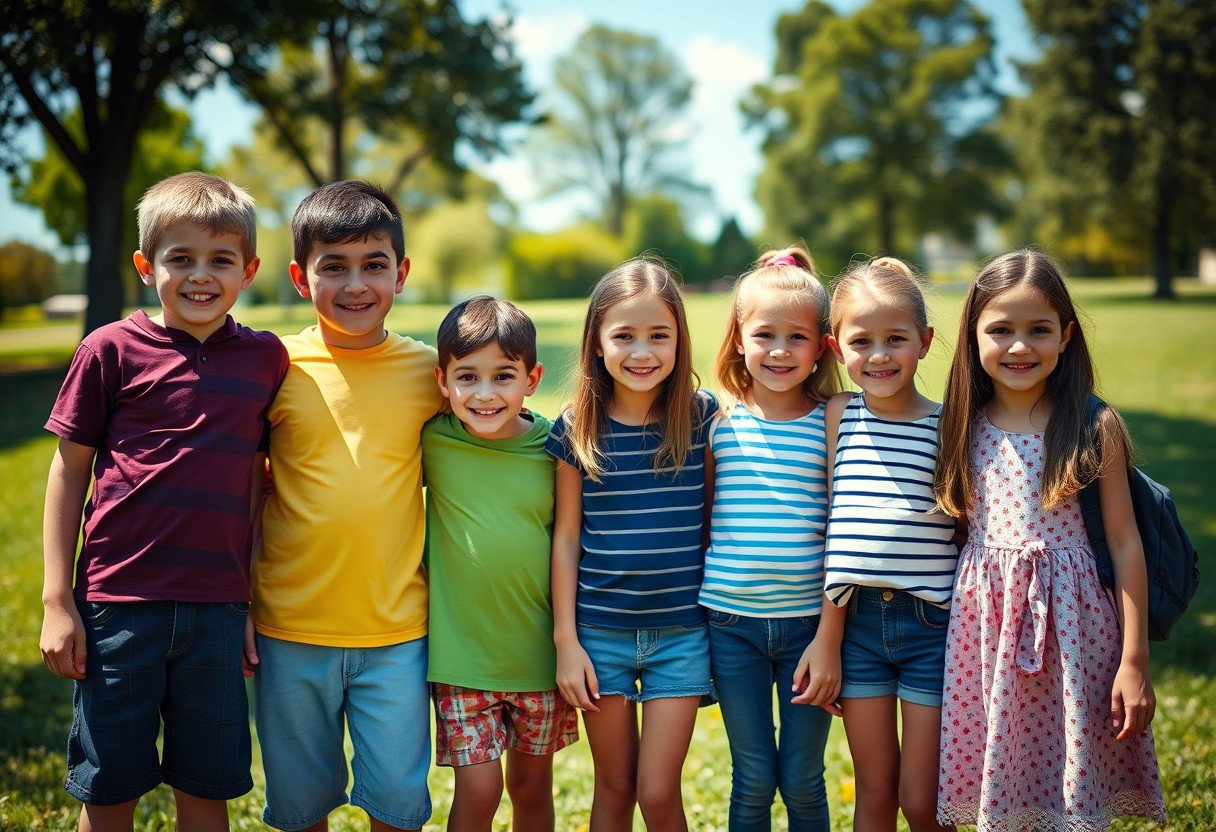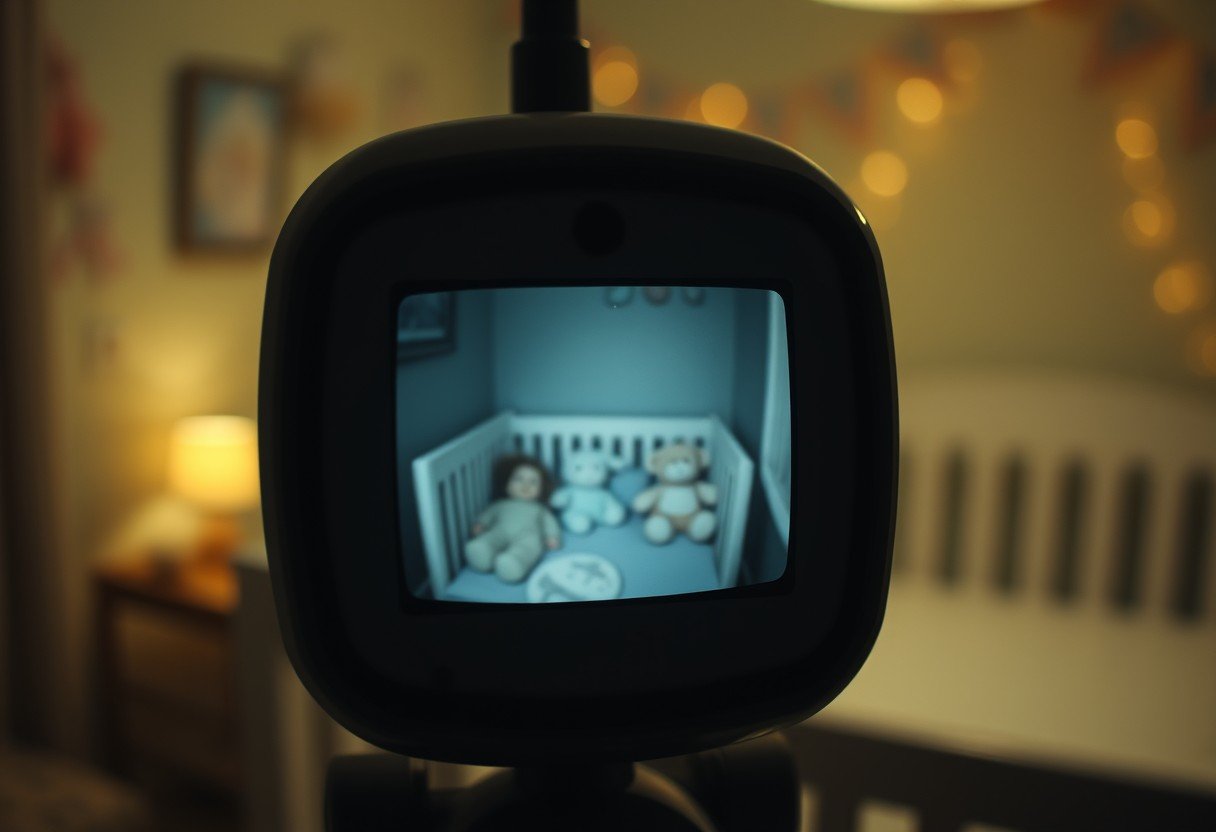Wondering about the odds of having a perfectly balanced family of three boys and three girls? While it might seem like a simple coin toss, the actual probability is 31.25%. This calculation uses basic probability principles to reveal how likely this specific gender combination is in a family of six. Understanding the math behind it can offer fascinating insights into genetics, chance, and family dynamics, and the answer might be more common than you think.
Understanding the Basics of Probability
Probability is simply a way to measure how likely something is to happen. It is expressed as a number between 0 (impossible) and 1 (certain). To figure out the chances of having three boys and three girls, we first need to understand a few simple ideas.
An “event” is the thing we are measuring, which in this case is the birth of a child. The “outcome” is the result of that event, either a boy or a girl. The “sample space” is the complete list of all possible outcomes. For a family with six children, the sample space includes every single combination of boys and girls possible.
By applying these basic rules, we can move from guessing to calculating the real odds. It turns family planning discussions into a fun math problem.
Why This is a Binomial Distribution Problem
This scenario is a perfect example of what is known as a binomial distribution. This is a common tool in statistics used when a situation has only two possible outcomes. Think of it like flipping a coin; it can only land on heads or tails.
In our case, each of the six births is an independent trial. There are two potential outcomes for each trial: having a boy or having a girl. The binomial model helps us calculate the probability of getting a specific number of “successes” (say, boys) in a set number of trials (six children).
The probability of having a boy or a girl is assumed to be equal (50%) for each birth and independent of previous outcomes. This independence is key. The gender of the fifth child has absolutely no connection to the gender of the first four.
Calculating the Total Possible Outcomes
Before finding the probability of our specific outcome (three boys and three girls), we need to know the total number of possibilities. This is the entire sample space.
For one child, there are 2 possible outcomes: Boy (B) or Girl (G).
For two children, the possibilities multiply. You could have BB, BG, GB, or GG, which is 4 total outcomes (2 x 2).
Following this pattern, for six children, we calculate 2 multiplied by itself six times, or 2^6.
This gives us a total of 64 possible gender combinations for a family with six children. Every single family of six will have one of these 64 combinations.
Finding the Number of Favorable Combinations
Now, we need to figure out how many of those 64 total combinations consist of exactly three boys and three girls. It is not just one combination like BBBGGG. The children could be born in many different orders, such as BGBGBG or GGBBGB.
To find all the different ways you can arrange three boys among six children, we use a formula from mathematics called the binomial coefficient. It is often written as C(n, k), which means “n choose k”. Here, n is the number of children (6) and k is the number of boys (3).
The calculation C(6, 3) tells us there are exactly 20 different ways to have a family of three boys and three girls. Some examples include:
- BBBGGG
- BGBGBG
- GGBBGB
- BGGGBB
Each of these 20 combinations is a unique birth order, but they all result in the same family structure of three boys and three girls.
Putting it All Together for the Final Answer
With the two key pieces of information, we can now calculate the final probability. The formula for probability is the number of successful outcomes divided by the total number of possible outcomes.
In our case, the number of successful outcomes (having 3 boys and 3 girls) is 20. The total number of possible outcomes is 64.
So, the final probability is 20 divided by 64, which is 31.25%. This simplifies to a fraction of 5/16. This means that for any family with six children, there is a 31.25% chance of having an even gender split.
To put this in perspective, here is how the probabilities for other combinations stack up:
| Gender Split (Boys : Girls) | Number of Combinations | Probability |
| 6 : 0 or 0 : 6 | 1 each | 1.56% each |
| 5 : 1 or 1 : 5 | 6 each | 9.38% each |
| 4 : 2 or 2 : 4 | 15 each | 23.44% each |
| 3 : 3 | 20 | 31.25% |
As you can see, having three boys and three girls is the single most likely outcome for a family of six.
Common Misconceptions about Gender Probability
One of the most common myths about probability is the idea that past events influence future ones. For example, some people believe that if a family has five boys in a row, the next child is “due” to be a girl.
This is a misunderstanding known as the Gambler’s Fallacy. Each birth is an independent event, and the probability of having a boy or a girl remains 50% every single time. The gender of previous children has no bearing on the next one.
Understanding this helps manage expectations during family planning. While it is fun to guess, nature does not keep a scorecard. The odds reset with every pregnancy, making each new addition a unique event governed by the simple laws of chance.
Frequently Asked Questions about Family Gender Probability
What is the exact probability of having 3 boys and 3 girls in a family of six?
The probability is 31.25%. This is calculated by dividing the 20 possible combinations of three boys and three girls by the 64 total possible gender combinations for six children.
Does birth order matter in this calculation?
No, the final probability is independent of birth order. The calculation of 20 combinations already accounts for all the different birth orders that result in three boys and three girls.
Is having 3 boys and 3 girls the most likely outcome?
Yes. As shown in the probability table, the 3 boys and 3 girls combination has 20 possible arrangements, which is more than any other split. This makes it the single most probable outcome at 31.25%.
What key assumptions are made in this calculation?
The entire calculation is based on two main assumptions. First, that the probability of having a boy is exactly 50% and a girl is 50%. Second, that the gender of each child is an independent event, not influenced by the gender of their siblings.
Why isn’t the chance of an even split simply 50%?
While the chance for any single birth is 50/50, the probability of a specific combination over multiple births is different. A 50% chance would imply that an even split is as likely as all other outcomes combined, which is not true because there are many other possible combinations, like four boys and two girls or one boy and five girls.







Leave a Comment